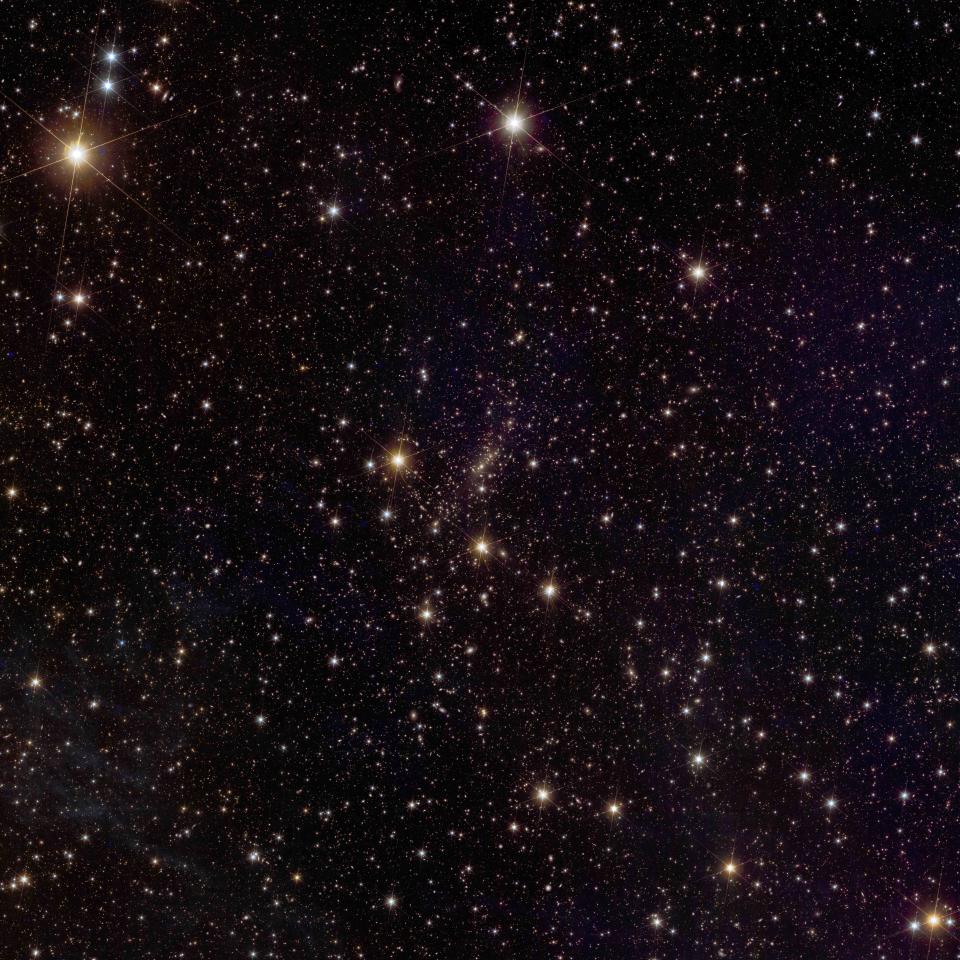European space telescope photos reveal new insights in deep space
The European Space Agency released five new images from the Euclid space telescope last week, showing some of the clearest images of the cosmos captured to date.
The release, along with the first data provided by the space mission, gave researchers insight into the creation of galaxies and how the universe formed. The announcement also comes ahead of 10 scientific papers and the mission's main survey.
"The images and associated science findings are impressively diverse in terms of the objects and distances observed," Valeria Pettorino, ESA’s Euclid Project Scientist, said in a news release. "They include a variety of science applications, and yet represent a mere 24 hours of observations. They give just a hint of what Euclid can do."
🆕 Euclid has delivered yet again...
Today, we release five never-before-seen, stunning images of galaxies and celestial phenomena provided by our Euclid telescope. They reveal an abundance of new science enabling scientists to hunt for rogue planets, use lensed galaxies to… pic.twitter.com/0gt60eBvQb— European Space Agency (@esa) May 23, 2024
The telescope launched just under 11 months ago and delivered its first images six months ago. The mission is scheduled to last another six years, providing scientists with data and observations on galaxies as far away as 10 billion light-years from Earth.
Here are the latest images from the Euclid space telescope and what the ESA said the data reveals.
The Dorado group of galaxies

Here, Euclid captures signs of galaxies evolving and merging 'in action', with beautiful tidal tails and shells visible as a result of ongoing interactions.
Deep space clues: Researchers discover oldest known black hole that existed not long after the Big Bang
Abell 2764

This complete view of Abell 2764 and surroundings – obtained thanks to Euclid’s impressively wide field-of-view – allows scientists to ascertain the radius of the cluster and study its outskirts with faraway galaxies still in frame ... Euclid enables (the ESA) to see these galaxies back when the Universe was only 700 million years old, just 5% of its current age.
Messier 78

This breathtaking image features Messier 78 (the central and brightest region), a vibrant nursery of star formation enveloped in a shroud of interstellar dust.
Galaxy NGC 6744

(NGC 6744 is) a typical example of the type of galaxy currently forming most of the stars in the nearby Universe, making it a wonderful archetype to study with Euclid.
Aging satellites and astronaut tools: How space junk has become an orbital threat
Abell 2390

Abell 2390 is a galaxy cluster, a giant conglomeration of many galaxies like the Milky Way. More than 50 000 galaxies are seen here, the distances to which can be measured thanks to these new observations. Such clusters contain huge amounts of mass (up to 10 trillion times that of the Sun), with much of this being in the form of dark matter – a form of matter that we can’t observe directly but is purported to together with dark energy make up the bulk of the contents of the Universe
This article originally appeared on USA TODAY: Euclid space telescope: New images give insight into galaxy creation


